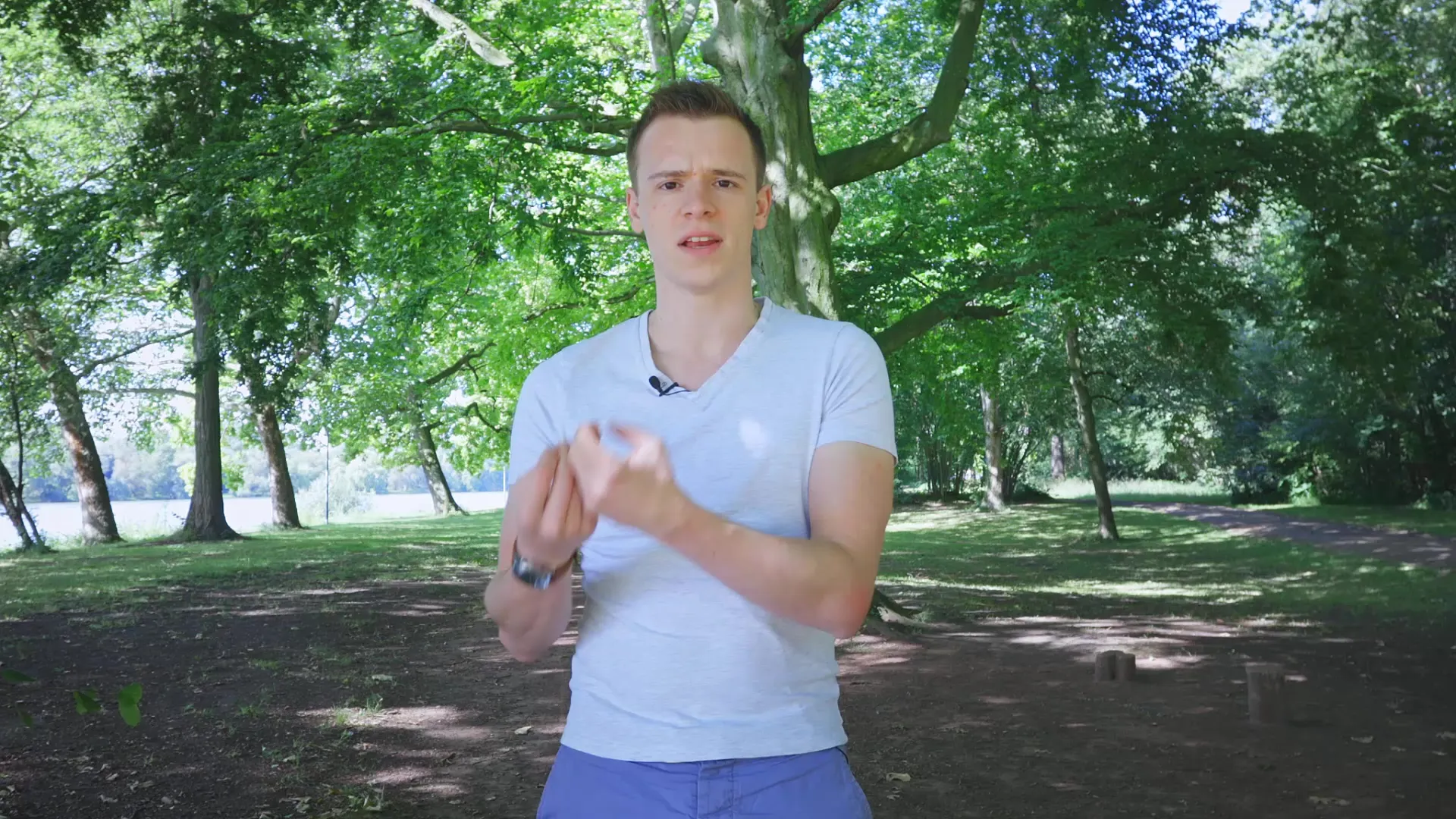When you dive into the world of videography, you will quickly find out how crucial your camera settings are for image quality. After the topics of shutter speed and aperture, only one more important value remains: the ISOvalue. This setting can make the difference between a successful and a useless video, especially in poorly lit environments. In this guide, you will learn how to effectively use the ISO value to achieve appealing results.
Key insights
- The ISO value affects the brightness and noise of your video.
- Higher ISO values can lead to more noise in the images, which can impact image quality.
- You should determine up to which ISO value your camera still produces acceptable images.
- The right interplay between ISO, exposure, and aperture is crucial for video editing.
Step-by-step guide
1. Understand what ISO is
ISO originally stands for the film sensitivity of analog cameras and describes how sensitive the image sensor is to light. When you increase the ISO value on your camera, the image becomes brighter. It is important to note that noise in the image also increases, especially at higher values. The more you crank up the ISO value, the stronger the image signal gets amplified, and thus also the digital interferences.
2. The relationship between ISO, aperture, and shutter speed
The ISO value does not affect your image quality in isolation. It influences the other two important values, aperture and shutter speed. It's like a radio: if you turn the volume too high, the music becomes unbearable. Similarly, too much ISO noise can ruin your image. However, you can use the combination of these values to achieve optimal exposure.

3. Conduct tests and identify limits
To know how high you can set the ISO value for your camera, perform tests in different lighting conditions. Start with a low ISO (e.g., 100) and gradually increase it until you reach a point where the image starts to show noise. Many cameras allow ISO values up to 1600 or even 3200 without significant loss of image quality.
4. Minimize image noise
If you find that noise becomes unacceptable at higher ISO values, there are still some options. You can use special software to reduce noise afterwards, which can be labor-intensive for videos since each individual frame must be processed. Therefore, it is advisable to pay attention to the right settings in advance rather than correcting afterwards.
5. Goal setting before shooting
Always ask yourself: What do you want to achieve with your video? Sometimes it is better to shoot with a high ISO value rather than drastically changing other settings. A video runs better with some noise than if it becomes blurry due to incorrect aperture or shutter speed settings.
6. Learn through experimentation
Learn by testing different ISO values and comparing them. Shoot in different environments and lighting conditions to get a feel for how the ISO value affects your footage. Make sure to critically assess at what point the noise becomes unacceptable for your viewers.
Summary – ISO in Filming: Optimal Settings for Your Videography
Proper use of the ISO value can be crucial for the quality of your video recordings. By choosing the right ISO value and understanding the relationships with aperture and shutter speed, you can use your camera optimally and create appealing films.
FAQ
What is ISO?ISO is the setting that describes the light sensitivity of your camera's sensor and affects the brightness of the image.
How high should I set the ISO value?It depends on your camera and the lighting conditions; many cameras work well up to 1600 or 3200 ISO.
How can I reduce image noise in my videos?Image noise can be minimized with special software after recording, but this can be labor-intensive.
How does the ISO value affect image quality?A higher ISO value often leads to more noise, which deteriorates image quality.
How do I test the optimal ISO setting for my camera?Film several clips at different ISO values and evaluate the results based on their image quality.


